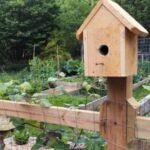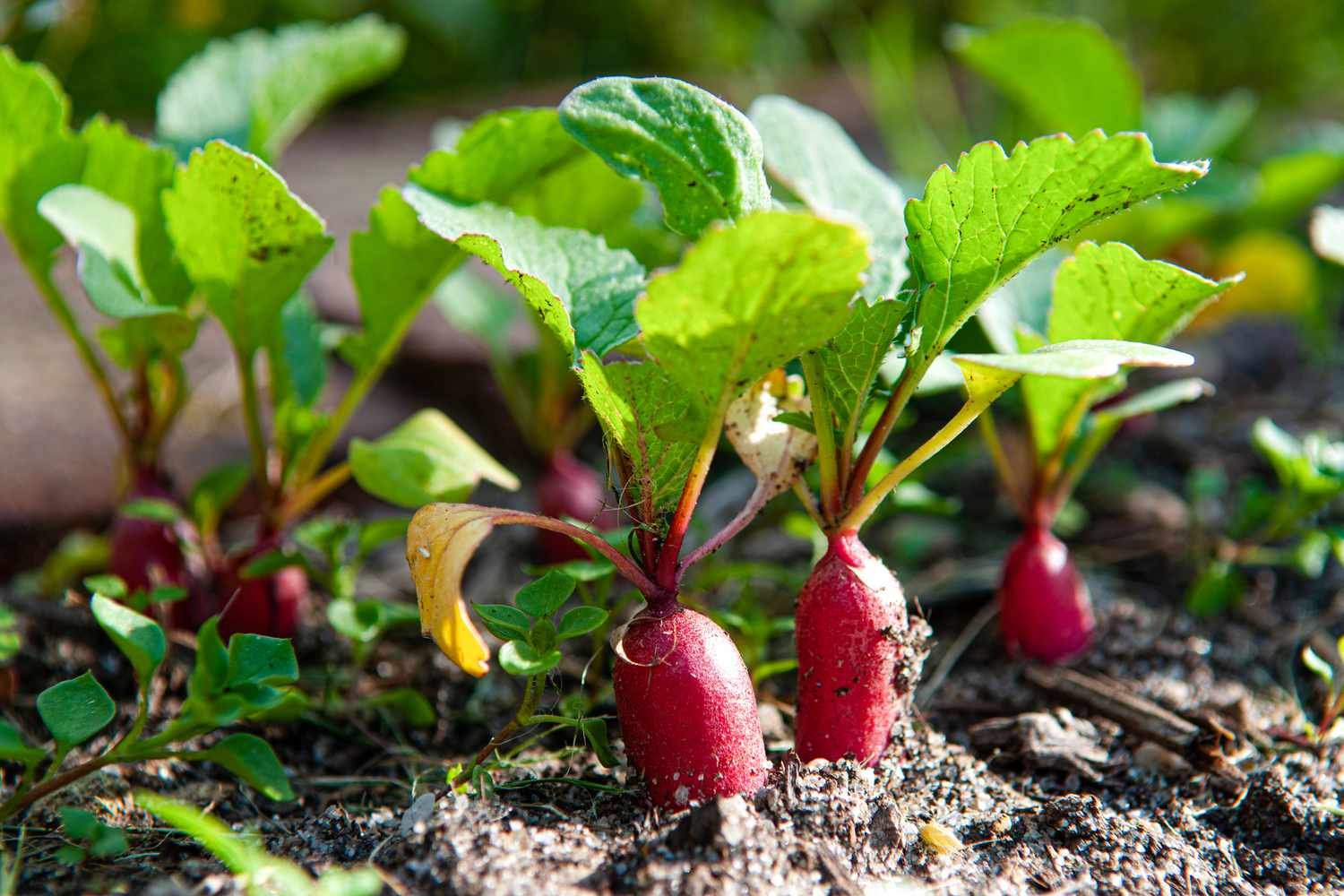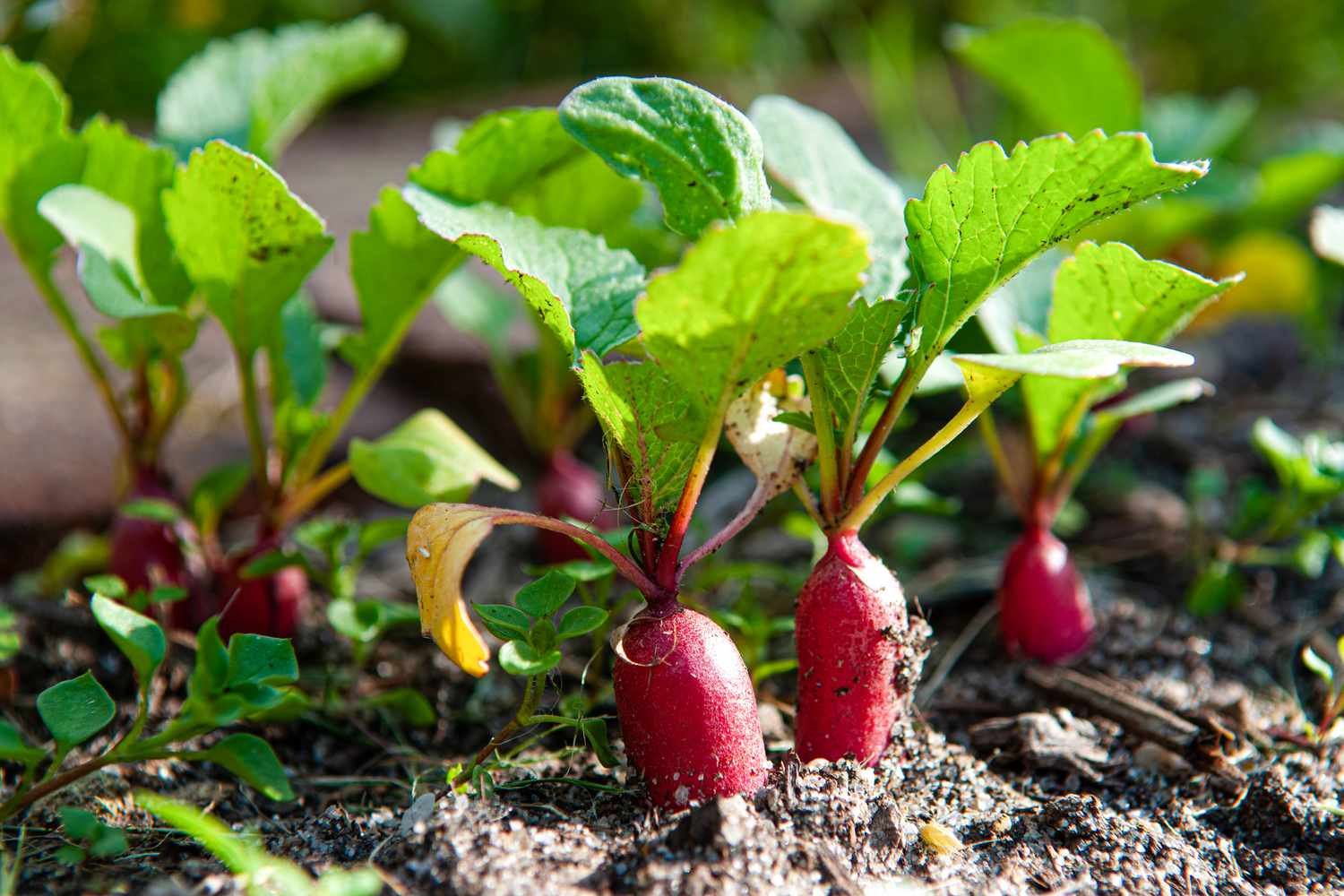Companion planting gardening is an age-old practice that involves planting different species of plants together to enhance growth, deter pests, and improve overall garden health. This time-tested method not only maximizes space but also fosters biodiversity and reduces the need for chemical pesticides. In this article, we’ll explore some of the best companion planting gardening tips to help you create a healthy and thriving garden.
What is Companion Planting?
Before we dive into the tips, let’s take a moment to understand what companion planting is all about. Companion planting is the practice of growing certain plants together to achieve specific benefits. These benefits can include pest control, improved pollination, enhanced nutrient uptake, and increased yields. By strategically pairing plants based on their complementary characteristics, gardeners can create symbiotic relationships that support overall garden health.

Tip 1: Plan Your Garden Layout
When embarking on companion planting, it’s essential to plan your garden layout carefully. Consider factors such as plant height, spacing requirements, and sunlight exposure. Group plants with similar needs together to ensure they thrive and avoid overcrowding, which can lead to competition for resources.
Tip 2: Choose Complementary Plants
Selecting the right plant combinations is key to successful companion planting. Look for plants that have complementary characteristics, such as:
Pest-Repelling Plants
Some plants naturally repel pests with their scent or chemical compounds. For example, marigolds emit a scent that deters many garden pests, making them excellent companions for vegetables like tomatoes and peppers.
Beneficial Insect Attractors
Certain plants attract beneficial insects like ladybugs, lacewings, and bees, which prey on garden pests or pollinate flowers. Planting flowers like dill, fennel, and yarrow alongside vegetables can attract these beneficial insects and promote a healthy garden ecosystem.
Nitrogen-Fixing Plants
Legumes like peas, beans, and clover have the unique ability to fix nitrogen in the soil, making it more available to other plants. Interplanting nitrogen-fixing legumes with heavy feeders like corn or squash can improve soil fertility and overall plant health.
Tip 3: Rotate Crops Regularly
Crop rotation is another essential aspect of companion planting. Rotating crops from year to year helps prevent soil depletion, reduce pest and disease pressure, and maintain a balanced ecosystem. Plan your garden layout with crop rotation in mind, and avoid planting the same crops in the same location year after year.
Tip 4: Practice Succession Planting
Succession planting involves planting crops in succession to ensure a continuous harvest throughout the growing season. By staggering planting times, you can make the most of limited garden space and extend your harvest. Plant quick-maturing crops like radishes or lettuce between slower-growing crops like tomatoes or peppers to maximize yields and keep your garden productive.
Tip 5: Be Mindful of Plant Compatibility
While companion planting offers numerous benefits, not all plant combinations are compatible. Some plants may compete for resources, inhibit each other’s growth, or attract unwanted pests. Research plant compatibility before planting and avoid pairing plants with conflicting needs or characteristics.
Tip 6: Monitor Your Garden Regularly
Keep a close eye on your garden throughout the growing season to monitor plant health and pest activity. Early detection of pests or disease symptoms allows you to take prompt action and prevent problems from escalating. Regularly inspect your plants for signs of damage, wilting, or discoloration, and intervene as needed to maintain a healthy garden.
Tip 7: Embrace Experimentation and Observation
Companion planting is as much art as science, and experimentation is key to finding what works best in your garden. Don’t be afraid to try new plant combinations and observe the results. Keep a gardening journal to record your observations, successes, and failures, and use this information to refine your companion planting strategies over time.
Conclusion
In conclusion, companion planting gardening offers a holistic approach to garden management, harnessing the power of plant relationships to promote health and productivity. By following these best companion planting gardening tips, you can create a diverse and resilient garden ecosystem that thrives year after year. So, roll up your sleeves, get your hands dirty, and start experimenting with companion planting in your garden today. Your plants—and your taste buds—will thank you for it!











